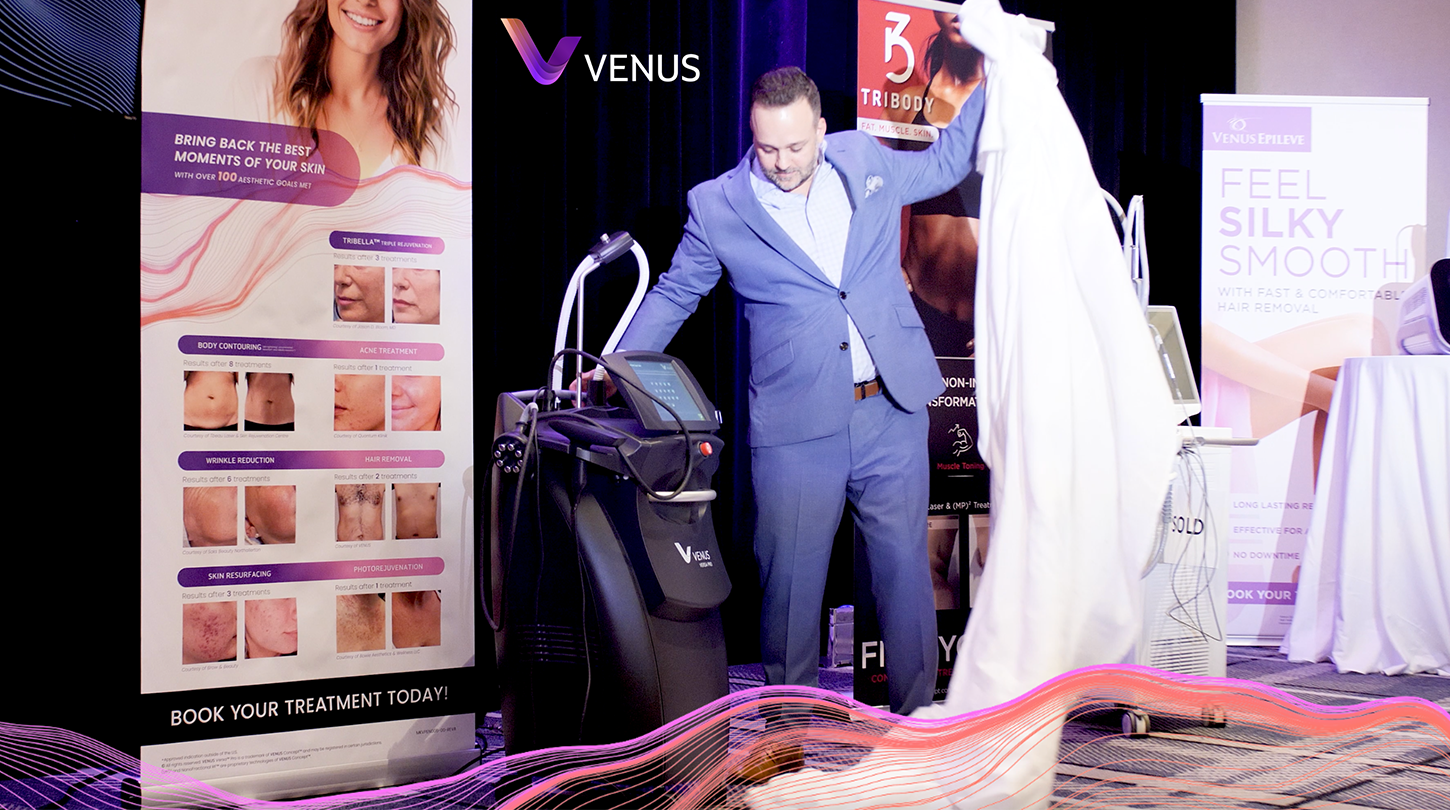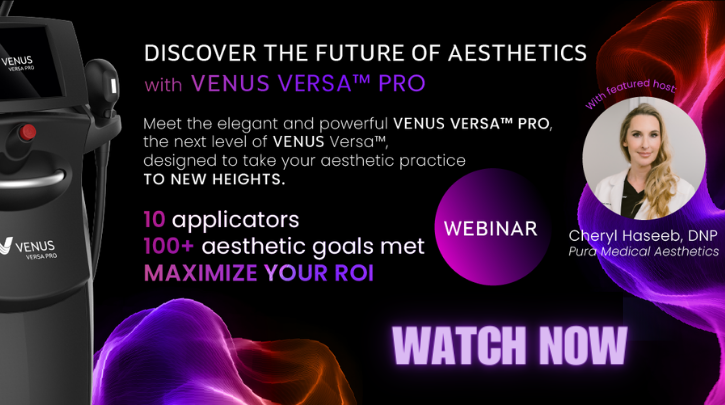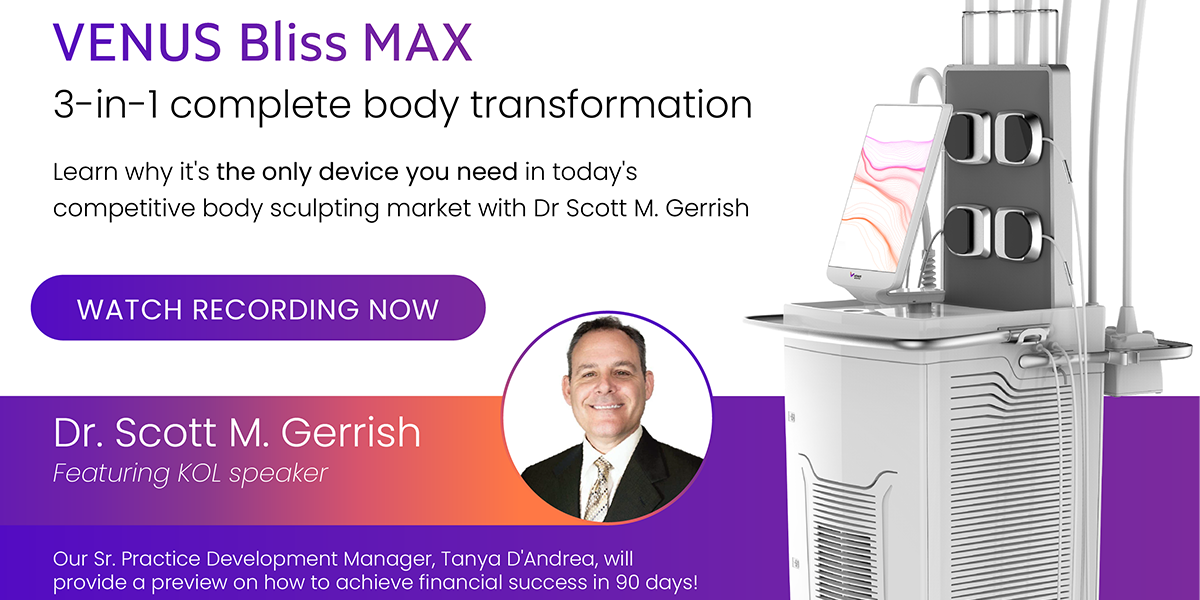How to Take Proper Before-and-After Pictures

In a world where social media is a habit and selfies are a daily occurrence, images often have a heavier weight online than words. In fact, some may argue that the old axiom “a picture is worth a thousand words” may be grossly underestimating how much an image truly can convey in today’s fast-paced society. But not all images stand out; consumers now expect high-quality images everywhere they look and are becoming particularly adept at picking out what images are edited, and which accurately reflect real life.
How do these trends tie into Before-and-After medical aesthetic image galleries? While online reviews are certainly a main source of information for consumers looking for a qualified medical aesthetics practitioner, a RealSelf survey found that 83% of consumers will not consider a treatment provider or clinic that does not have Before-and-After pictures posted online. Similarly, this level of trust patients place in providers with accessible Before-and-After image galleries is reflected in the fact that the review site reports photos are its most viewed form of content. So, it would seem that Before-and-After images are par for the course to business success and in attracting new patients.
For those looking to improve their photography game, here are some dos and don’t you need to know to create Before-and-After photos that are sure to improve patient trust, convey an authoritative online presence, and convert clicks to consultations.
Keep It Consistent
DO establish and stick to a photographing system. Consistency is key when producing a quality Before-and-After image gallery. It’s essential to take both your Before-and-After images at the same angles and proximity to avoid distorting the appearance of a patient’s treatment results. For the most part, you’ll want to take five photos from the following angles: left profile, left oblique, center (facing camera), right oblique, and right profile.
DON’T
try to emphasize results.
Keep angles and perspectives the same when taking post-treatment photos and don’t edit images to emphasize results. Prospective patients will be able to spot Photoshopped photos from a mile away. Keep it honest and instead ensure that the angles you use from the beginning offer the best views of the treatment area, so they will show off the fabulous results you achieve every time—without tweaking. If a little cropping must be done, ensure the framing is the same for both the pre- and post-treatment images. In other words, best practice suggests that you edit both images in exactly the same way and keep adjustments to the absolute minimum to avoid losing patient trust.
Strip It Back
DO keep things simple and prop-free. If a patient happens to be wearing paper surgical underwear in the Before image but a lacy thong in the After image, online viewers are going to wonder whether the results are partly staged. The same may go for lipstick or even jewellery. For this reason, it’s best to keep things simple. Have patients remove all accessories, makeup, and clothing as needed (or ensure they’re wearing the same garments) in both sets of images and don’t overlook hair. Keep a clean headband and new hair ties on hand to pull locks back from the face, particularly for those clients who may have refreshed their hair dye or opted for a fresh cut that better compliments their facial structure.
DON’T overlook the details. Even if all the accessories and clothing are removed, if the background of the After image is pink and the Before image was yellow, this slight difference is enough to cause a change in perception of skin tone that may make prospective patients question the honesty of your images. For this reason, it’s best to designate a spot in your office to take photos. Better yet, before snapping the After pictures, review the Before image and double-check that all the details match up.
Create a Labeling System
DO include accuracy and consistency in your labeling system. Establishing a labeling system that prioritizes detail can be a game-changer. Keep file names simple, including the date, patient’s name, whether it’s a Before or After image, and the angle of the image. Keep body area or treatment types to tags added to the file that can easily be sorted. If tags won’t work for your clinic’s system or to keep file names more precise, you may opt for a system of codes that denote treatment types, areas of treatment, and even angles. Ensure that you create a guide when establishing a labeling system to which employees can easily refer so files don’t get mixed up, which could lead to an embarrassing mistake when uploading images online.
DON’T leave labeling for later. The number of images your team will capture throughout a week may lead to hours of work and perhaps even the inability to accurately label files, as details may have to be gleaned from patient files or recalled by memory. As well, anything that cannot be accurately labeled is essentially useless, as you are unable to accurately report treatment plan, periods, or results when utilizing these images in any online marketing efforts. To avoid a backup of work and a mess of files, label all images immediately after they have been taken. Alternatively, you may opt for software or a medical imaging system that automatically labels and files photos for ease and accuracy.
The Patient Is Still the Priority
DO ensure patient comfort first and always. A dedicated photography space can offer both privacy and comfort to patients when having their photos taken. The best studio space would be one large enough to properly set up your photography equipment while offering a privacy screen where patients may dress or undress. Consider temperature control in this area too. Since some patients may be partially clothed, having the ability to raise the heat a little to prevent goosebumps is useful. Also remember to respect the patient during this time and do not remark on their appearance. They will likely be feeling vulnerable and deserve respect.
DON’T pressure patients into photos. Before-and- A fter images are certainly useful to any medical aesthetics business , but they should never be attained under false pretenses or after pressuring a patient into signing a consent form. Patients should freely sign consent forms after having their rights accurately explained to them. Some patients may be willing to offer their consent for the use of photography in their medical files , but are uncomfortable seeing their image used for commercial purposes. Staff need to respect the patient’s choice above the clinic’s need for marketing materials.
Looking for more tips to improve your medical aesthetic clinic’s business? Reach out to a Venus Concept expert today to learn how our treatment providers can gain access to our dedicated marketing support team and practice enhancement programs to improve their overall business success.

Why Venus
Body Devices
Body Treatments
Face & Skin Devices
Face & Skin Treatments
Hair Restoration Devices
Hair Removal Devices
Legal
For more information call: (888) 907-0115 // info@venusconcept.com // 235 Yorkland Blvd., Suite 900, Toronto, ON, M2J 4Y8 Canada
For more information call: (888) 907-0115 // info@venusconcept.com // 235 Yorkland Blvd., Suite 900, Toronto, ON M2J 4T8 Canada






